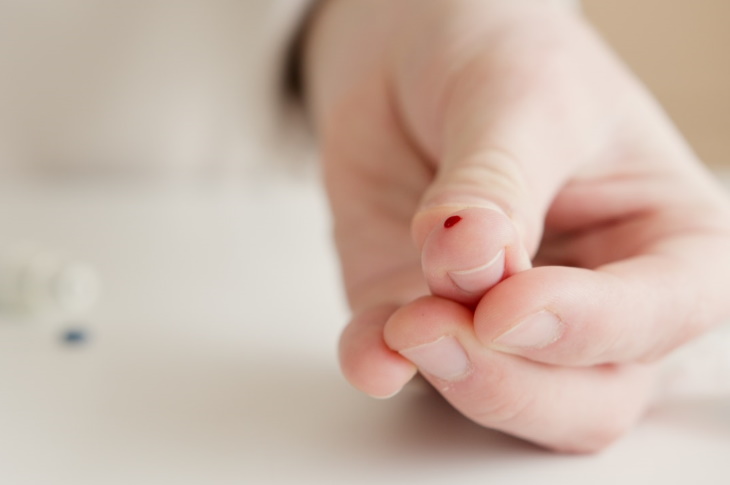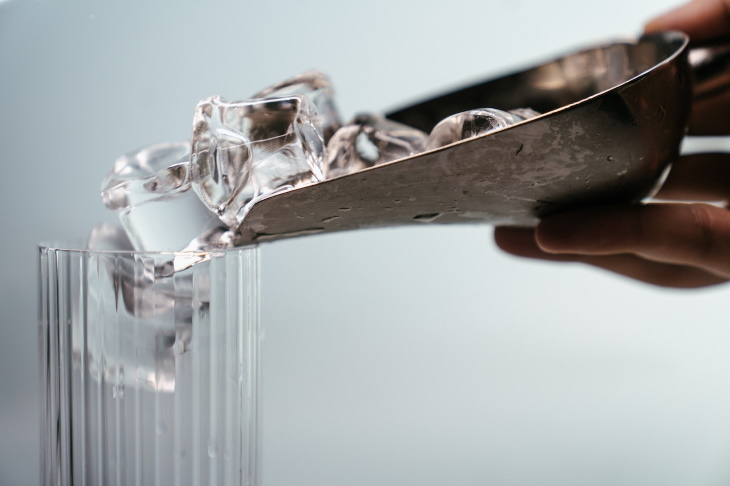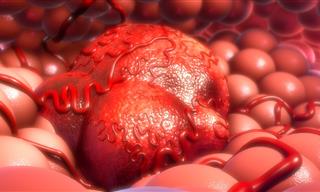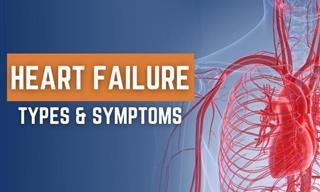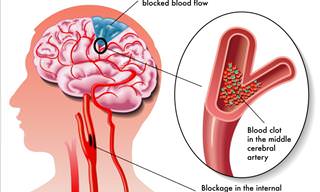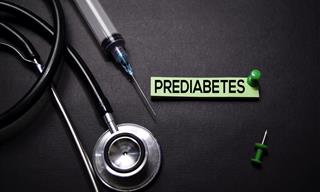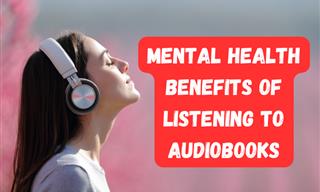Over time, anemia can lead to a variety of complications and could even shorten one’s lifespan. Learn more about the causes and types of anemia here - Are You Anemic? Here's What You Need to Know.
In this article, let’s explore the signs of this often-overlooked medical condition and get to understand why they occur.
Extreme and constant fatigue
Do you never seem to get enough rest to feel refreshed and energized in the morning? A persistent feeling of exhaustion and dizziness is by far the most common symptom of anemia. According to Dr. Andrew Artz, Associate Professor of Medicine from the University of Chicago, “Fatigue is the predominant symptom. The challenge of the symptom of fatigue is that every person has a different experience of how they notice it. Some will simply feel more tired; others will feel it with activity.”
A deficit of oxygen in the blood causes exhaustion associated with anemia. The insufficiency of oxygen, in turn, is brought on by a shortage of hemoglobin in the red blood cells. If you’re experiencing unusual fatigue, it could be due to anemia. Note, however, that fatigue can be caused by many other health conditions.
Pale, sallow, and dry skin
Sometimes, the appearance of your skin can be an indicator of anemia. People with anemia find that their cheeks don’t blush, giving their skin a sallow or pale complexion. Areas of skin that typically look pink - such as the fingernail beds, palms, gums, and the underside of eyelids - are pale and lack pigment. Patients may also notice that their nails become brittle over time and the skin bruises more easily.
When the quantity of red blood cells is restricted due to a deficit in hemoglobin, blood is diverted away from the surface of the skin to the vital organs. This makes the skin of anemic patients appear pale.
Unusual food cravings
The cause of this next symptom of iron deficiency anemia is poorly understood, but it frequently shows up both in scientific literature and medical practice. Patients with anemia often report craving and chewing on ice - a symptom known as pagophagia.
Pagophagia is a form of pica, a condition where a person craves, chews, or swallows non-food items like ice, paper, clay, pencils, or soil. Doctors are aware that an iron deficiency can cause pagophagia, but they’re not sure why.
Cold hands and feet

Related to the pale skin is another common symptom of anemia - cold hands and feet. As hemoglobin levels drop, the body accommodates by not only limiting blood flow to the skin. It also compensates by redirecting blood flow from the extremities to the vital areas, such as the brain, heart, and kidneys. In consequence, the areas of the body that receive less blood flow - especially the hands and the feet - feel colder.
Restless leg syndrome
Involuntary leg movement is associated with low iron. Also known as restless leg syndrome, the condition is characterized by a strong urge to move your legs, even when you’re trying to rest or fall asleep at night. The condition develops because low iron levels lead to a drop in dopamine levels.
You may know dopamine for its role in happiness and motivation, but this hormone and neurotransmitter also acts as a messenger between the brain and the peripheral nervous system that regulates movement. A decrease in dopamine levels, in turn, can result in involuntary movements, including restless leg syndrome.
A fast or irregular heartbeat
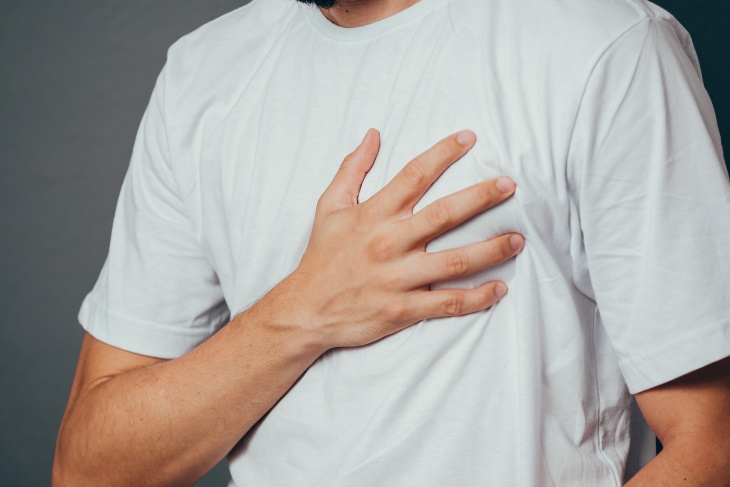
An irregular or fast heartbeat is a sign of more advanced iron-deficiency anemia. If you notice that your heart started beating irregularly or more rapidly, don’t take this symptom lightly and seek medical assistance.
Why does this symptom occur? To put it shortly, low hemoglobin levels in anemic patients make your blood cells less effective at transporting oxygen. As a result, your body compensates by making your heart circulate blood through the body faster. Of course, this means that your heart has to work much harder. This explains why anemic individuals have a 41% greater risk of heart attack and heart disease compared to those without anemia.
Chest pain
As explained just above, untreated anemia takes a toll on the heart. This extra strain on the heart can lead to discomfort and pain in the chest. Needless to say, this is not a passing problem but one that requires medical care. People who already have cardiovascular issues or heart disease should be especially careful, as anemia may worsen their condition.
Related article: Chest Pain - 7 Symptoms You Should Never Ignore
Sore and swollen tongue
Anemic people can develop an uncomfortable condition known as glossitis or anemia tongue. It can develop due to low iron or vitamin B 12 levels and is characterized by any of the following symptoms:
- A red and smooth-looking tongue
- Ulcers or irritation in the mouth
- A cracked or swollen tongue.
Note that the tongue may change color and swell in size slightly. If you ever experience sudden swelling of the tongue, seek emergency medical health, as this could be a symptom of a severe and potentially deadly allergic reaction.
Frequent headaches
The occasional headache is just part of life. But if you suddenly notice that the frequency or severity of headaches has increased far beyond what’s normal for you, iron deficiency anemia may be to blame.
Headaches are the result of yet another attempt of the body to compensate for the drop of hemoglobin in red blood cells. To maintain the oxygen supply to the brain, the body increases the total blood flow to the brain. This, in turn, can lead to headaches and even migraines.
Gasping for air during exercise

Intolerance to exercise is often the first sign of anemia people notice. Many anemic people will say something like, “I used to be able to run for miles, but now I start huffing and puffing after running a block.” As we already established, a drop in hemoglobin upsets the delicate balance of supplying the body with oxygen.
This includes your muscles. When you exercise, your muscles need more oxygen, but the heart is already in overdrive mode, trying to compensate for the low levels of oxygen in the blood. As a result, the body starts breathing more heavily in an attempt to increase oxygen supply.
When to see a doctor
If you suspect that you’re anemic, a trip to the doctor is always advised. A complete blood count will be able to confirm or calm your fears. Given that the causes and types of anemia are not all the same, your doctor will be able to work out the best treatment for you.
For some, an iron-rich diet or a dietary supplement may do the trick, whereas others may require a different treatment. In any case, addressing the anemia will be able to combat the more serious complications of the disease, namely heart failure and heart attack.
H/T: The Healthy, Verywell Health, Cleveland Clinic, Westchester Health, Everyday Health
 Go to BabaMail
Go to BabaMail


